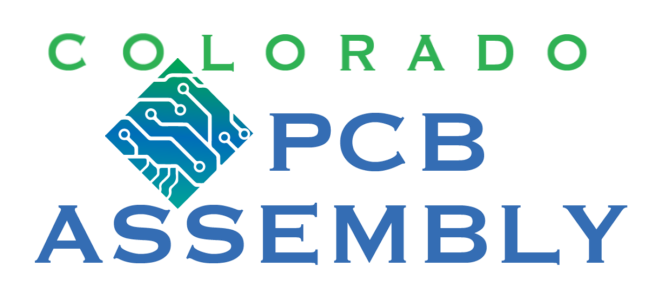What is SMT?
SMT, or Surface Mount Technology, is a widely used method in the electronics manufacturing industry for assembling electronic components onto printed circuit boards (PCBs). Unlike traditional through-hole technology (THT), where components have leads that pass through holes in the PCB and are soldered on the opposite side, SMT components are mounted directly onto the surface of the PCB. Here are some key characteristics and advantages of SMT:
What is the difference between SMT and SMD?
SMT (Surface-Mount Technology)
- Definition: SMT is a method used to mount electronic components directly onto the surface of a printed circuit board (PCB) rather than inserting them through holes as in traditional through-hole technology.
- Purpose: SMT is a technology or process used during the production of electronic circuits.
- Characteristics:
- Components are placed directly on the surface of the PCB.
- Automated assembly machines are often used to place the components.
- SMT allows for more compact designs and higher component densities.
- Common in modern electronics due to its efficiency in mass production.
- Components are placed directly on the surface of the PCB.
- Automated assembly machines are often used to place the components.
- SMT allows for more compact designs and higher component densities.
- Common in modern electronics due to its efficiency in mass production.
SMD (Surface-Mount Device)
- Definition: SMD refers to the actual components (resistors, capacitors, ICs, etc.) that are designed to be mounted using Surface-Mount Technology.
- Purpose: SMD is the individual component that gets mounted on the PCB using SMT.
- Characteristics:
- SMDs come in smaller sizes compared to their through-hole counterparts.
- They do not have leads or pins that go through the PCB; instead, they have small metal contacts that are soldered onto the board.
- SMDs include a wide variety of components like resistors, diodes, transistors, integrated circuits, etc.
- SMDs come in smaller sizes compared to their through-hole counterparts.
- They do not have leads or pins that go through the PCB; instead, they have small metal contacts that are soldered onto the board.
- SMDs include a wide variety of components like resistors, diodes, transistors, integrated circuits, etc.









